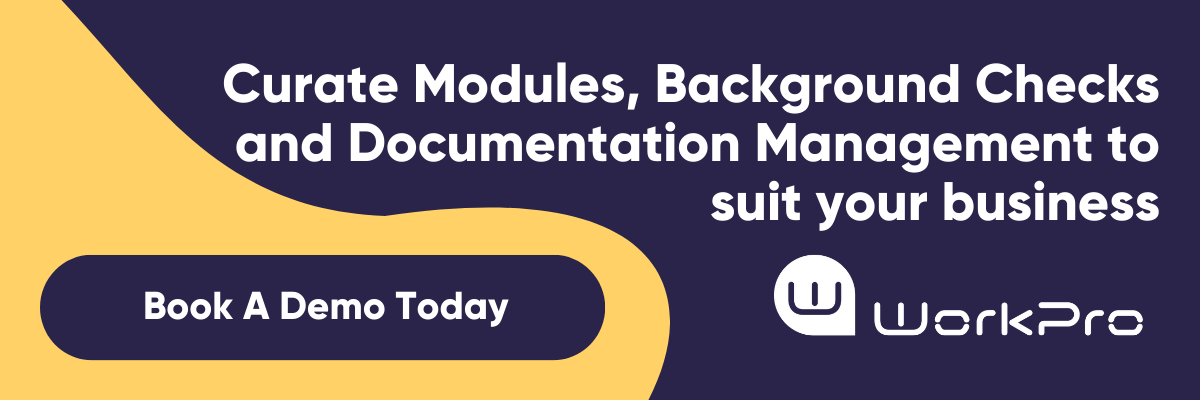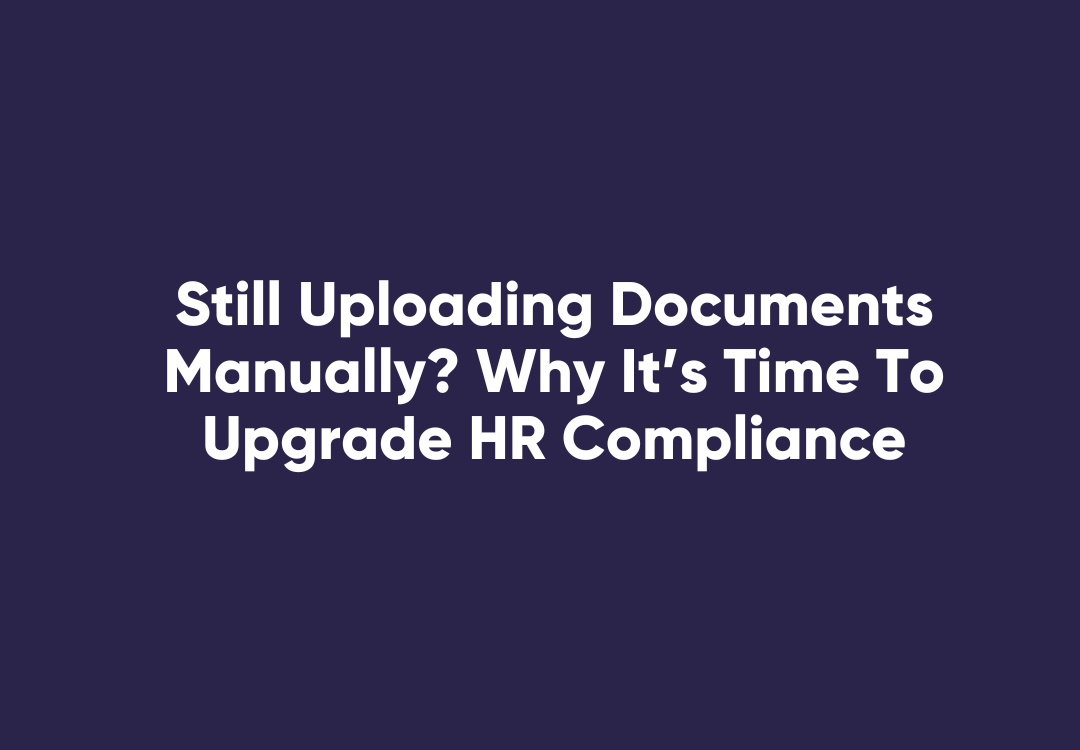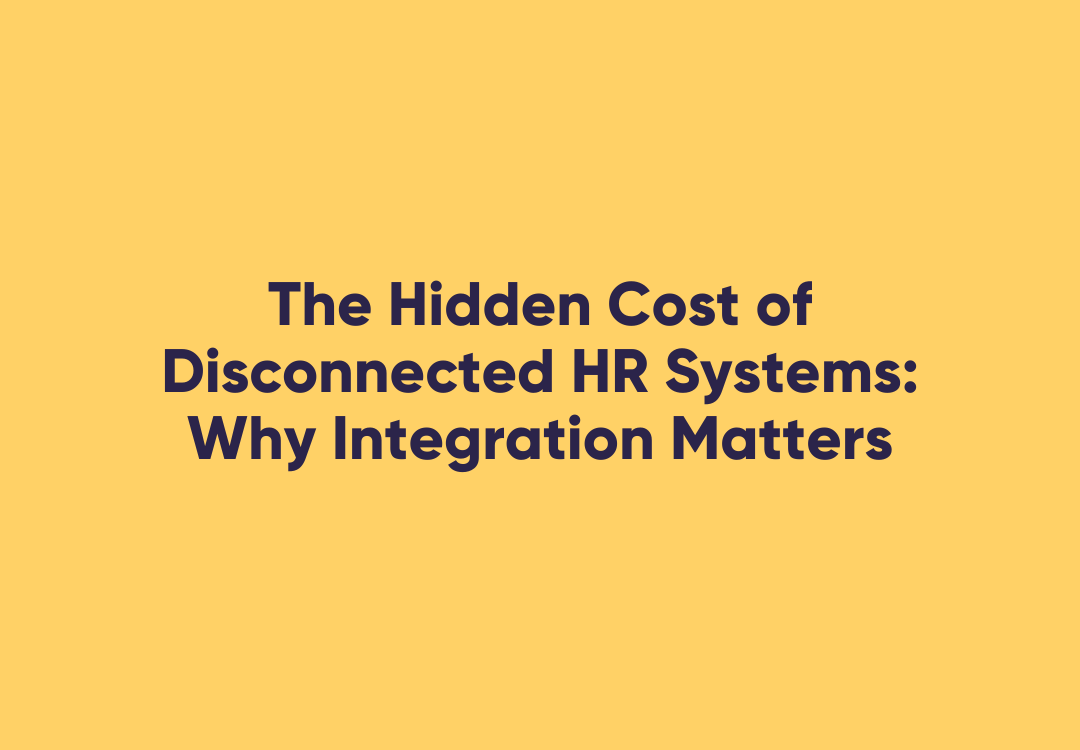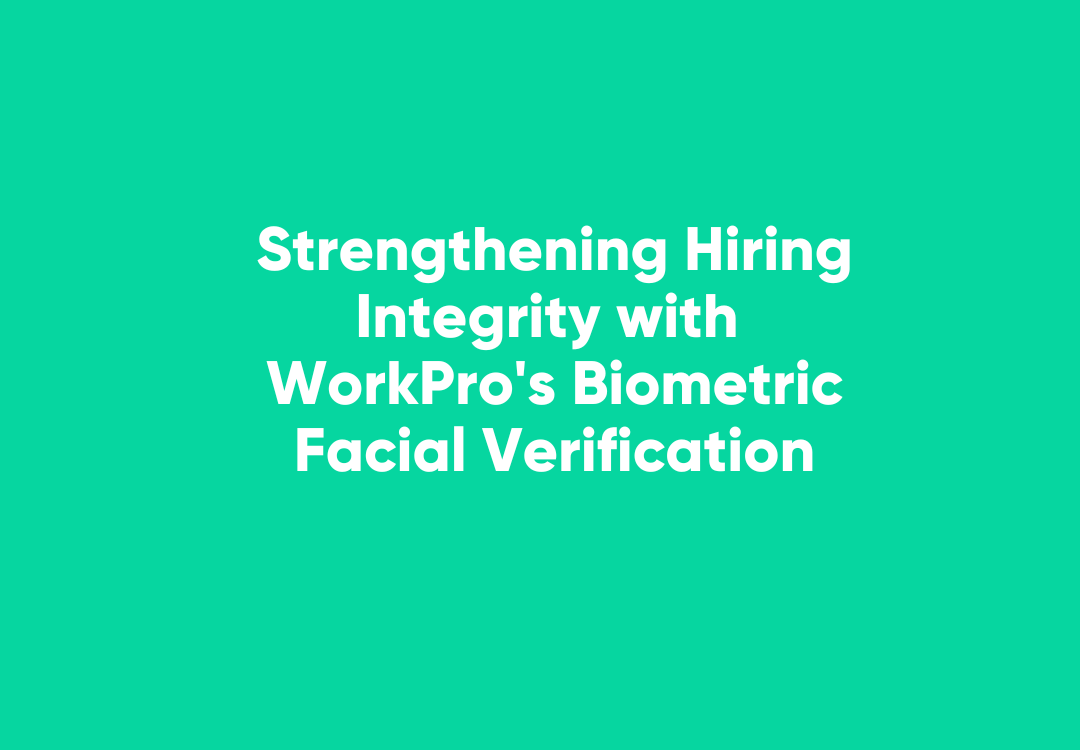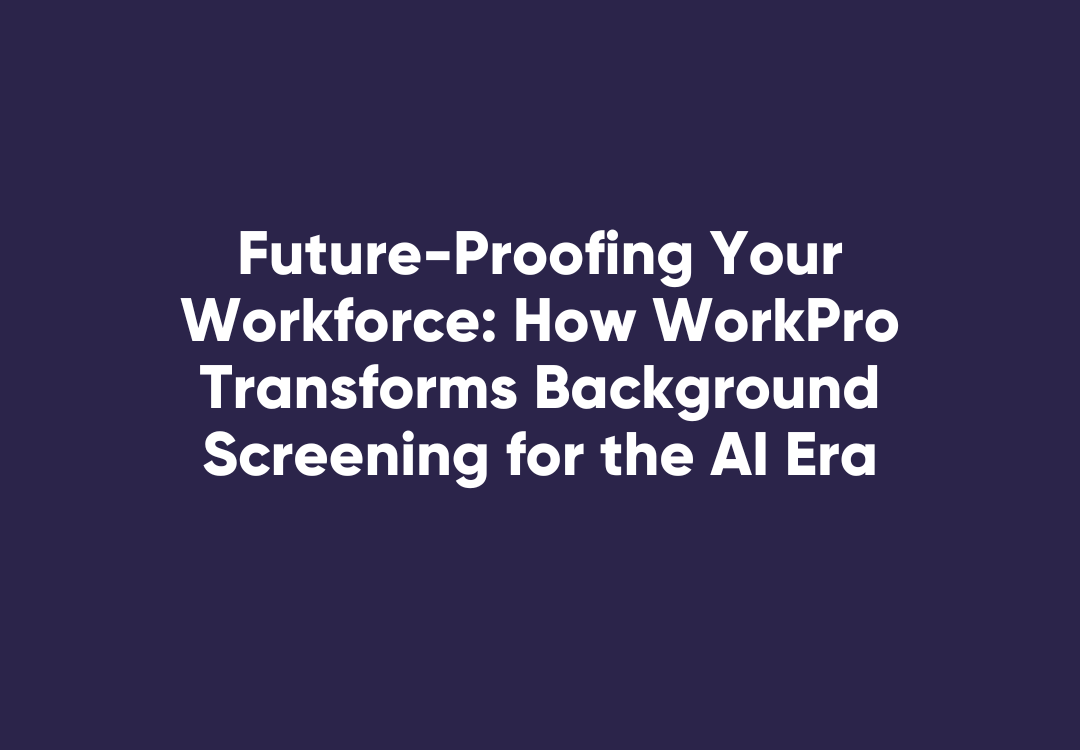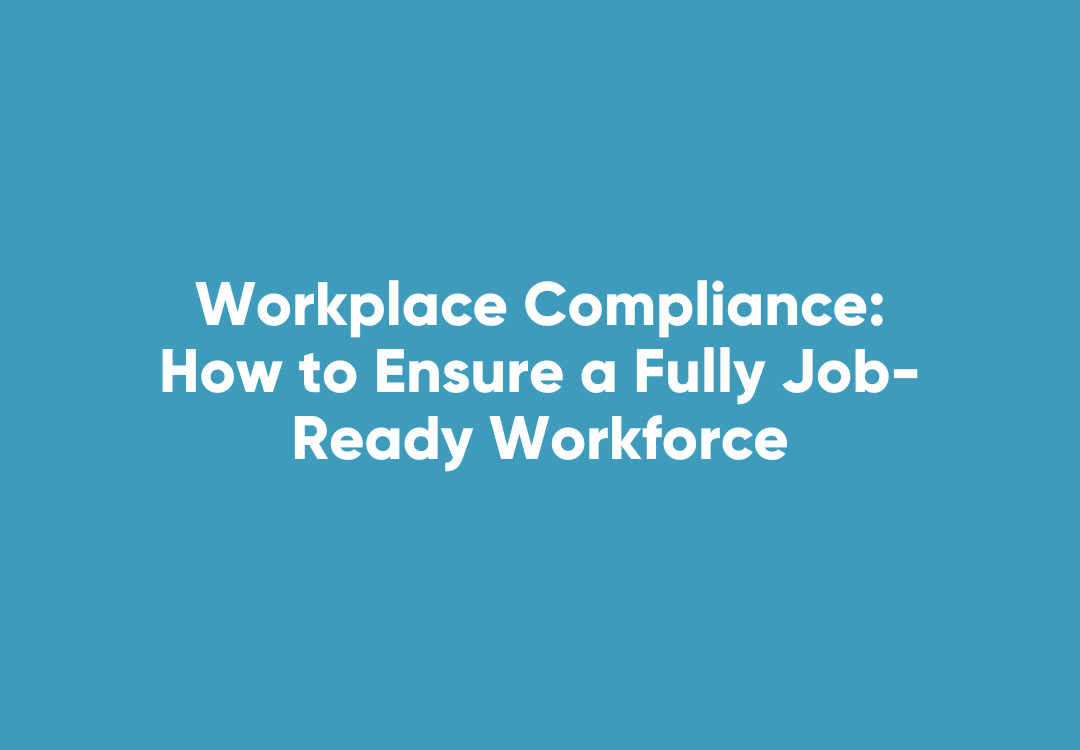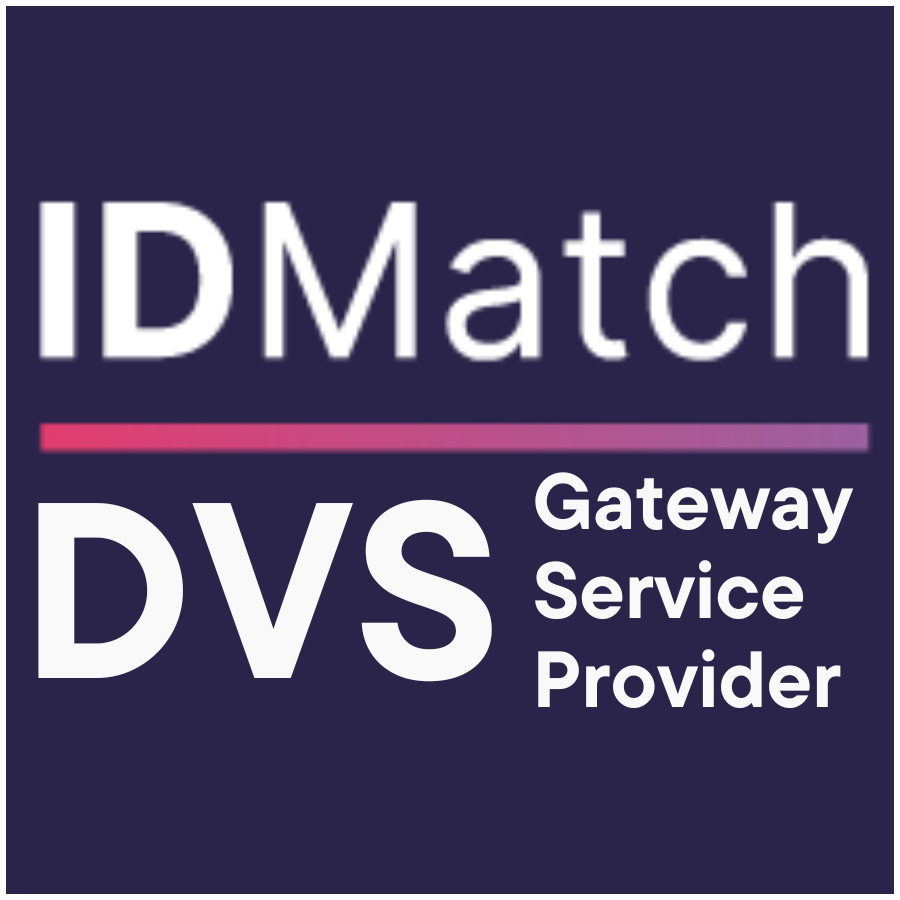Three Employer Tips to Deal with Cyberbullying
9% of all serious workers’ compensation claims are for work related mental health conditions. A burgeoning workplace mental health risk remains bullying, which is now magnified with online channels. Since most social platforms are public, bullying in the workplace now extends to these platforms and therefore an employer’s responsibility to keep workers safe ‘at work’.
It used to be that from the moment you stepped into your place of work, you were on work time and at the end of the work day, you stepped through the door and back into your private time. If there was any harassment or workplace issues occurring between colleagues, employers generally knew about it given that it was happening within the physical workplace.
The advent of social media, combined with working from anywhere and approved digital communication tools have meant that cyberbullying has become an increasingly prevalent workplace issue and now need to be considered for inclusion in companies' policies, procedures and induction with reporting lines available to workers.
According to
Bully Zero Australia, cyberbullying is just as rampant in some sectors as bullying that happens in a physical workplace.
What Is Cyberbullying?
Workplace bullying is any behaviour that offends, degrades or threatens and is aimed at a colleague at work. Cyberbullying is bullying that is done using technology. For example, using the Internet, social media, mobile phone or a camera to hurt or embarrass someone is considered cyberbullying.
With digital devices in everyone’s hand and being used around the clock, these situations are harder to stop. It’s now very common to add a colleague on Facebook, Linkedin or Twitter, and connect with them regularly outside of working hours.
Cyberbullying Never Sleeps
One major issue for employers is knowing where their responsibility starts and finishes – A group of staff members can be posting memes or other hurtful content on Facebook at 11:30pm while lying awake in bed. If it’s about another team member, it’s bullying. The reality is that workers need to know that their conduct extends to social media and their online behaviour.
As outlined in the Fair Work Act of 2009, ‘….employers have a responsibility to legally provide their staff with a safe, healthy and welcoming place to work.’
So, whether it’s happening in person, in the workplace, out of the workplace, over email or over social media platforms, if it’s happening between colleagues – it’s the employer’s responsibility.
How employers can eliminate/reduce/minimise work related cyberbullying.
Here are three suggestions to give cyberbullying the kick:
Be a positive workplace
Even in the first conversation you have with new staff members, share your company’s dedication to a positive working culture. Start in your primary screening sessions and interviews and reiterate it as part of their onboarding and induction. Make sure it’s crystal clear that bullying extends to social media and anything after hours.
Include Anti-Bullying education in your induction & ongoing learning
As an employer, you have a legal obligation to ensure your workers are properly inducted before they start the job to reduce risk of injury. It is as crucial for workplace bullying education to be delivered as well as safety and food handling. Online inductions are a great way to deliver this for their consistency and ease of use.
Implement a Policy and Lead by Example
Every company should have a comprehensive policy that covers harassment, discrimination, and bullying in the workplace, including cyberbullying. Fair Work Commission and Safe Work Australia have some additional resource and information that can assist you in building your collateral.



